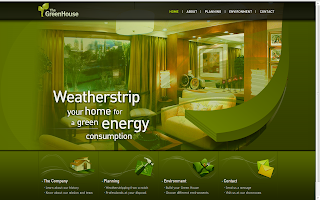 Introduction.
Introduction.In this week we will go through the last pattern of web 2.0 "Lightweight models & cost effective scalability". Over the past decade, technology has dramatically imporved and one of the most sinigficant upgrade of this is websites which play an important role in people’s lives. Since the start of the Internet boardband era, a vast majority of data has rapidly and progressively increased. Consequently, Content Management Systems (CMS) are such an important tool for managing a huge of data.
Why using Drupal?
During the ten years period, many CMSs have been launced such as Mambo, Joomla, Drupal and WordPress. Obviously, WordPress might get most of the love in the open source CMS space (for good reason). However, Drupal provides a powerful option for individuals, organizations and brands that want to power complex, robust websites. With Drupal 7 set for release in early 2011, the Drupal team is actively addressing the one area the CMS has always received criticism: Usability. The Drupal ecosystem is becoming extremely impressive. For example Acquia is the commercial company from Drupal founder Dries Buytaert, continues to raise funding and offer an array of commercial and support services that better enhance the platform as a whole.
Overview of Drupal
Overview of Drupal
There are several special characteristics and useful features for Drupal users.
1. Charateristics
- Reuse: Drupal is a free tool which has been mantained and developed by open source by using LAMP stack(Linux, Apache, MySQL, PHP). As a result, the websites which are built by Drupal are economical websites.
- Scalability: Drupal is open development model means that hundreds of thousands of users and developers are constantly working to make sure Drupal is a cutting-edge platform that supports the latest technologies that the Web has to offer.
- Administrator tools: a registration system that allows users to configure personal options and permissions on what users are allowed to access, edit, publish and administrate.
- Menu management: The Menu Manager allows users to create as many menus and menu items as they need. It aslo can structure the hierarchical menu (and nested menu items) completely independent of content structures. Put one menu in multiple places and in any style; use rollovers, dropdown, flyouts and just about any other navigation system .
- Connected function: The aggregation module allows you publish your site via RSS feeds and Social Networking integration is also widely supported in Drupal. Modules like the Facebook connect module and Twitter module, and ShareThis module help expand your network, and make your product or message more engaging to a wider audience.There are Chat and mailinglist modules as well.
- Template management: This is a powerful tool to make your site look exactly the way users want and either use a single template for the entire site or a separate template for each site section. The level of visual control goes a step further with powerful template overrides, allowing you to customize each part of your pages.
- Search function: Help navigate users to most popular search items and provide the admin with search statistics.
- and more modules that users can download and add on.








